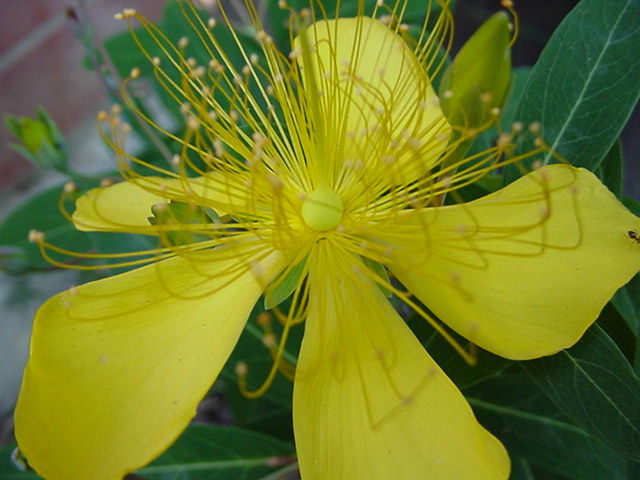Perennials are so easy to multiply! Most can be started with a stem cutting.
Plants can either reproduce sexually (by seed) or asexually (by cutting). With asexual reproduction, you are always going to get exactly the same plant from the cutting as the parent plant. That doesn’t always happen with sexual production where cross-pollination can give you something very different.
It’s best to take cuttings in the spring or fall when the weather is more congenial. Working early or late in the day or on a cloudy day is helpful also.
You need about a 3 or 4 inch piece of stem that has not flowered. This can be a mid-section of stem as well as the tip. Cut the stem off just below a leaf and remove the leaves from the bottom portion of the stem. Dip the bottom of the stem in rooting hormone and then stick it into a well draining organic potting mixture (beware of the kinds that have fertilizers added – it can be too much for them while they are trying to develop roots). Keep the soil well watered (damp, not dripping) and keep it in a well shaded area. You can test your rooting in a couple of weeks by giving the stem a gentle tug. If there is resistance, it has rooted.
Once your cutting has a well developed root system, you can transplant it into your garden. Be sure to introduce sun loving plants back out into the sunshine slowly, though, or they will end up with a nasty sunburn.
If you are rooting in the fall especially, don’t give up on a cutting that looks dead. It may just be dormant. Give it till the spring the make a comeback. I have had roses do this even when none of my other roses went dormant at all.
Some of the plants that I have propagated by cutting include a lot of roses, coral honeysuckle, buddleia, Texas coral sage, forsythia, St. John’s Wort, Elderberry, pomegranate, Russian sage, and rosemary. Go ahead and give it a try? It beats spending a ton of money at the garden centers!


